What Is My Mobile Number in International Format
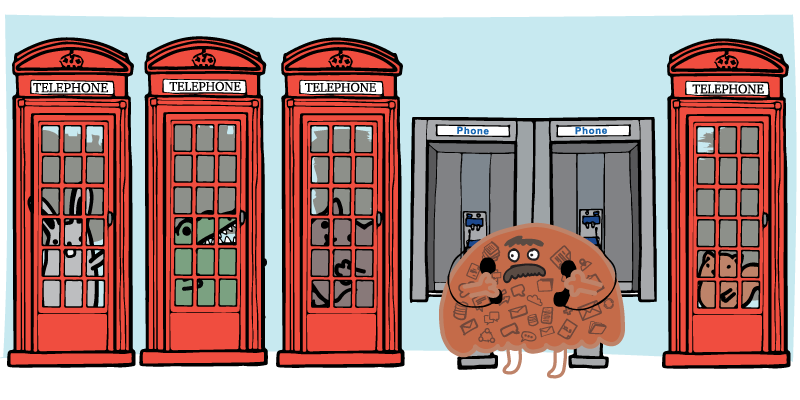
Your CRM is responsible for storing your most critical customer data. It's that data that you use to contact customers and prospects, personalize engagements, and put your teams in a position to succeed in their interactions. One of the most critical fields that you collect in a CRM is customer and prospect phone numbers. Along with emails, phone numbers provide the most direct way to communicate with customers. Phone numbers are likely to play a critical role in the workflows of many of your teams including sales, customer success, and customer support. However, one thing that most companies don't realize until their CRM databases begin to grow is that it is not just critical that you store customer phone numbers, but also how you store them. There are many different formats that phone number data can take. You might think that choosing the right format, or ensuring that all customer phone numbers in your database are consistent is unimportant. At first, anyway. A phone number is just a phone number, right? Well, as many companies find, even something as simple as phone number formatting can become pretty important and complicated when you dig into the details. Between the CRM-specific considerations (how CRMs store and use phone number data), third-party integrations, and general usability within your organization — there is more going on than first meets the eye. And that doesn't even take into account that different countries often have different preferred formats that you have to account for. Using the wrong phone number format can slow down your team when they try to call prospects and customers, inconsistent phone numbers can break integrations, cause data issues between platforms, create duplicate records, and make your phone number data difficult to use manually. Ultimately, you want to make sure that you choose the right format so that you can effectively meet the needs of the different platforms and teams that will use the data most often. In this article, we'll cover the different types of phone number formats that you have to choose from, the different requirements that you need to take into account when making your decision, and the benefits of the different options. "Properly formatted phone numbers is very important to our customers. This way they can call all their contacts straight from the HubSpot app and log them automatically into the CRM. This saves them time and keeps all records updated." —Carlos Martínez, Sales & Operations at binomialSUR, a Certified HubSpot Solutions Partner You may not realize how many different ways there are to format a phone number until you start digging through the data and see all of the different ways that customers have entered their phone numbers. Everyone has their preferred format. Phone numbers contain several components. An area code. The phone number itself. Sometimes an international country code. Then, there are many conventions for expressing the phone number. In some countries, they use periods to separate the numbers and improve readability. Some use dashes. Others use parentheses. Some use spaces. There may even be several different formats that are used in the same country. In the UK, for example, they use different formats for cell phones and landlines. This all leads to a lot of variation. The same number can be formatted in dozens of different ways. Here are just a few examples: The above are just a few of the many formats that you will see phone numbers expressed in within your CRM database. If your customers are responsible for entering their own phone number into a form, you'll find more variations than you could possibly imagine. The same is true for data that is fed into your CRM through integrations and third-party data sources such as a lead list, webinar, or event. Different data sources will use different formats — if they are standardized. Your third-party data might be just as varied as if the customers that input it themselves directly. Some of these would be considered standard phone number formats, others are more informal. There isn't really a wrong format to choose. Every situation is different. Every team has different considerations — software that uses the data, preferences, usability considerations, etc. Also — countries sometimes format phone numbers in different ways. The same phone number may use different conventions, depending on where you are dialing from or the device attached to a number. They may use what is known as an international direct dialing prefix, also known as a dial out code. These prefixes are used to select a phone circuit for placing an international call. Countries may also use a national direct dialing prefix as well for in-country calls. The International Telecommunication Union (ITU) recommends the sequence 00 as a standard for an international call prefix, although not all countries follow their recommendation. For instance, Canada and the United States use 011. Japan uses 010. Russia uses 810. Australia uses 0011. To complicate matters further, there are dozens of countries that have adopted the ITU's recommended 00 standard and have moved away from the direct dialing prefix they previously used. In those situations, both the country's previous direct dialing prefix and the 00 ITU standard will work. France is a great example of this. Previously, the country used 19 as their direct dialing prefix. They have since adopted the 00 standard, but both will still work when making calls from inside of France. Here's some examples of how a U.S. number will use different formats depending on the country you are dialing from. Phone Number Dialed Location 456-7890 Local Phone Number 212-456-7890 Domestic +1-212-456-7890 International Phone Number 1-212-456-7890 Dialed in the US 001-212-456-7890 Dialed in Germany 191-212-456-7890 Dialed in France In most cases, you'll be dialing numbers from the same location. Auto-dialers and virtual call centers typically handle this issue for you, but in cases where you are calling from several locations or manually calling customers, getting this information right is important. As with the other considerations we've covered in this article, the E.164 standard accounts for international phone number formatting and generally should solve issues associated with local phone number standards internationally. With the proliferation of data collection and the evolution of issues surrounding phone numbers, a standard format was developed. Now let's take a look at how international phone number formatting considerations will play into your decision. Today, the E.164 phone number format is the international phone number formatting standard across the globe. It was originally designed so that the machines could be developed to use phone numbers reliably, and that required standardization and consistency. In modern times, the E. 164 international phone number standard helps to fuel a wealth of services and software. This is an internationally recognized format that will work with nearly any software where it's important that those solutions are able to recognize an international country code, area codes, and the actual phone numbers themselves within the data string. The E. 164 phone number format uses this template: [+][country code][area code][local phone number] So a phone number that uses the E.164 phone number format might look something like this: +14151231234 E. 164 uses no spaces, no dashes, no parenthesis, and no periods. Country Local Phone Number E. 164 Format USA 415 123 1234 +14151231234 UK 020 1234 1234 +442012341234 Lithuania 8 601 12345 +37060112345 Using E.164 phone number formatting ensures that you have a consistent format that will be guaranteed to work with most software integrations. Your CRM, auto-dialer, or SMS software will almost surely play well with it. However, it is important to note that reformatting to E.164 may require changes to phone numbers that use local phone number formats. Those local phone number formats have their own considerations. For instance, let's take a look at how a UK mobile number would be rewritten using the E.164 standard. Here's an example mobile number from the UK: Source: Twilio In many countries including the UK, a "0" is placed at the beginning of the area code and subscriber number. With E.164, the "0" is typically removed, with a "+" and the international country code added before the area code. Source: Twilio If you primarily use phone numbers for click-to-dial software integrations and automation, E.164 phone number formatting is almost certainly the best option. If you don't and your employees are manually dialing numbers or using them in marketing personalization in some way, another format may be a better choice. Local phone number formats are only ideal for companies that are dealing with only local customers, which in modern business is very few. International phone number formatting delivers a safe and effective way to store phone number data. Let's dive deeper into some of the specific considerations that should influence what phone number format you choose. Every CRM has its own rules regarding how data is stored and used within it. Some will have a standard format that they enforce with phone number data, others leave it up to the user. Some may even re-write your data to their preferred format. Let's take Salesforce phone number formatting, for example. Generally, Salesforce will preserve the original phone number format when data is entered into the system. However, there are certain situations where Salesforce will rewrite and format the data. Each platform has its own rules and things to know. In HubSpot, for instance, all phone numbers remain as-is, unless you manually export, edit, and re-import the data, or edit phones by hand. Make sure that you understand the CRM's behavior in regard to phone number formats. In cases like Salesforce, you might choose a format that ultimately causes numbers to be automatically rewritten by the system. Understanding these nuances will help you to make the right choice and limit future issues. Beyond the CRM, you may rely on other software or integrations that have their own rules on phone number formatting that you'll have to take into account. Sales auto-dialers are a common use case that may have strict rules regarding how phone numbers are formatted. Numbers with the wrong format might break the integration entirely and require a lot of manual effort on the part of your sales team. This will slow them down and may cause them to miss communicating with certain prospects or account stakeholders. HubSpot, as an example, offers many integrations with auto-dialers and other call extensions, including: Just like your CRM, each of these solutions will have their own formatting rules on top of the HubSpot phone number formatting considerations that users must already take into account. However, all of these solutions accept the E.164 international phone number standard, making it the safe choice. They may accept additional formats as well, but other auto-dialer software may not. You'll have to do research on the software packages that your company uses. Your main concern should be what happens when phone numbers outside of their accepted formats are run through the system. Will an incorrect format pause campaigns? Break the integration altogether? Cause issues with the software it integrates with? Require a manual fix? Formatting issues with automated solutions can have a cascading impact on your business. An auto-dialer solution that goes down due to data issues could waste hours of your team's time, leading to lost sales and revenue. Another downside of unstandardized phone numbers is that it can leave you open to situations where duplicate contact and company records are created, shattering the single customer view and making it more difficult for your teams to access the context that they need for effective engagement with customers. One of the most common ways that this happens is through integrations. For example, a sales rep may use an auto-dialer from their phone. That dialer automatically updates your CRM, logging the call. The auto-dialer will scan your contacts by phone number to find the record that it needs to update. But because the formats used between the auto-dialing software and your CRM differ, the dialer software creates a new duplicate record for the contact in your CRM. Now your sales and support teams have to dig through two profiles to have full context for their interactions with that contact, if they even recognize that the duplicate exists in the first place. Additionally — unstandardized phone number formats make it difficult to deduplicate contacts and companies in your CRM. Matching phone numbers is a common way to identify duplicate records and when you have unstandardized formatting, there is no guarantee that two duplicate records with the same phone number will match. "I would definitely recommend consistency of format. It doesn't matter if you favor a particular kind of format. With phone numbers, it doesn't matter if you like the punctuation (the parentheses and dashes) — that's fine. But make sure that you collect all phone numbers that way. If you choose no punctuation like we do, because that will work through any automated dialer solution, collect all of your data that way." - James Marshall, Systems Analyst at Kitchen Magic, in conversation with Insycle Insiders. This extends to imported data as well. How do you compare existing phone numbers to imported data to see if they are the same, or if the new import will update your phone number data? When you figure that out, then you have to decide if you are going to let the new data overwrite the existing numbers. With a consistent format, the decision is made for you. And you know that it is the right decision for your organization based on the combination of ways the data will be used. What if you wanted to generate a revenue report based on area codes? That would be impossible without consistent phone number formatting. These are the questions that you need to ask yourself and a great example of why something that seems as simple as phone number formatting is actually much deeper and more important than most initially realize. Lastly you have to take usability into account. That's why we collect customer data, to use it. When your primary concern is making sure that automated solutions like auto-dialing software can read and use your data, the E.164 standard is without a doubt the best choice. But in E.164, phone numbers look like this: +12124567890 If most of your phone number usage involves your team manually looking up a phone number and dialing, E.164 and other formats can be hard to read. There is no spacing or dashes to help people break the number up into memorizable chunks. That can lead to misdials, overlooked prospects, wasted time, and frustration among those that have to deal with this data all the time. If you were manually looking up customer phone numbers and calling them, which of these would be easier for you to work with? Most likely, you'd rather use the second format. Especially if you are calling dozens of customers on a given day. In these situations, another format may be a better choice. One possible alternative is to create a custom field that uses a different format that is more readable for manual applications. This may be the right choice for organizations that use data in different ways across teams or across the customer journey. Maybe your sales team uses an auto-dialing solution, but your customer support and success teams dial manually. Different teams may require different formats. Ultimately, you want to choose the CRM phone number format that makes the most sense for your organization as a whole. Speak with your teams. Understand their workflows, daily processes, and how they actually use the phone number data in their daily work. Know the software and integrations that you rely on that uses your phone number data and what its requirements are. If you use several software solutions, research the formatting differences between them and what kind of issues those differences could potentially cause. Choosing the best phone number format really requires a full view of how that data is used across your organization and the customer lifecycle. Depending on the CRM that your company uses, you may or may not be able to reformat phone numbers using standard CRM features. Sometimes you can do it, but it has to be done by hand or by exporting, editing, and re-importing the data. That's a time-consuming and aggravating process that you'd have to repeat periodically. With Insycle, you can format all contact and company phone numbers in your CRM database, in bulk automatically. Insycle offers a range of pre-built phone number formatting templates that you can choose from, including E.164 Standard. With just a few clicks, you can reformat all phone numbers for contacts and companies to your chosen format. Additionally, you can always use Insycle to reformat phone numbers automatically on a continuous basis, ensuring your phone numbers are properly formatted at all times. You can also use Insycle's robust functions to build your own rules and unique formats, based on your company's needs. For example, remove all non digits, apply custom international phone number format, and then add + at the beginning. binomialSUR is a marketing agency in Uruguay, specializing in data and process automation, assisting companies in the setup, implementation, and support of HubSpot CRM and other HubSpot tools. Working with many clients in their home country of Uruguay, those companies were looking for a way to solve phone number formatting problems that are specific to Uruguay. They wanted to reformat and rewrite phone numbers to include the county's dialing code, +598. Without injecting the dialing code, their sales reps would not be able to use click-to-dial software. Additionally, Uruguay eliminated national long distance calling in 2010, meaning that the country does not have specific area codes for each city or region, which is a unique formatting wrinkle that needs to be taken into account for domestic calls. Carlos was looking for a way to solve this problems to their client, they came to us with this requirement about phone numbers: We worked with Carlos to create a phone number formatting template in Insycle that met his specifications and ensured that his clients would have consistently formatted phone numbers that would work with their dialing solutions. First, we set a filter to help identify the phone numbers that began with those numbers. Then we added functions that instructed Insycle how to reformat phone numbers that meets the filter criteria: Then, we scheduled automated phone number formatting templates to run at set intervals to ensure that all phone numbers in their client's CRM stayed consistent and regularly updated to the correct format. With this simple template and scheduled automation, binomialSUR could ensure that all their clients' CRM phone numbers are consistently formatted and stayed that way moving ahead. Now, their sales reps can focus on selling rather than manually dialing or worrying about whether or not their auto-dialing software will be able to use the phone numbers in the database. Phone number formatting might seem like a small issue. It's easy to overlook it. But phone numbers are a critical component for connecting and engaging with prospects. It's important that you make the right choice for your company based on your CRM, other software, and internal processes. Consistency and standardization helps your marketing, sales, and success teams to engage with customers, automate sales processes, and better filter their data for reporting. Need to reformat phone numbers in your CRM? Tired of handling it by hand, or going through a lengthy exporting and importing process? Fill out the form below to start a free trial with Insycle.
The Anatomy of Phone Number Formats
The E.164 International Standard for Phone Number Format


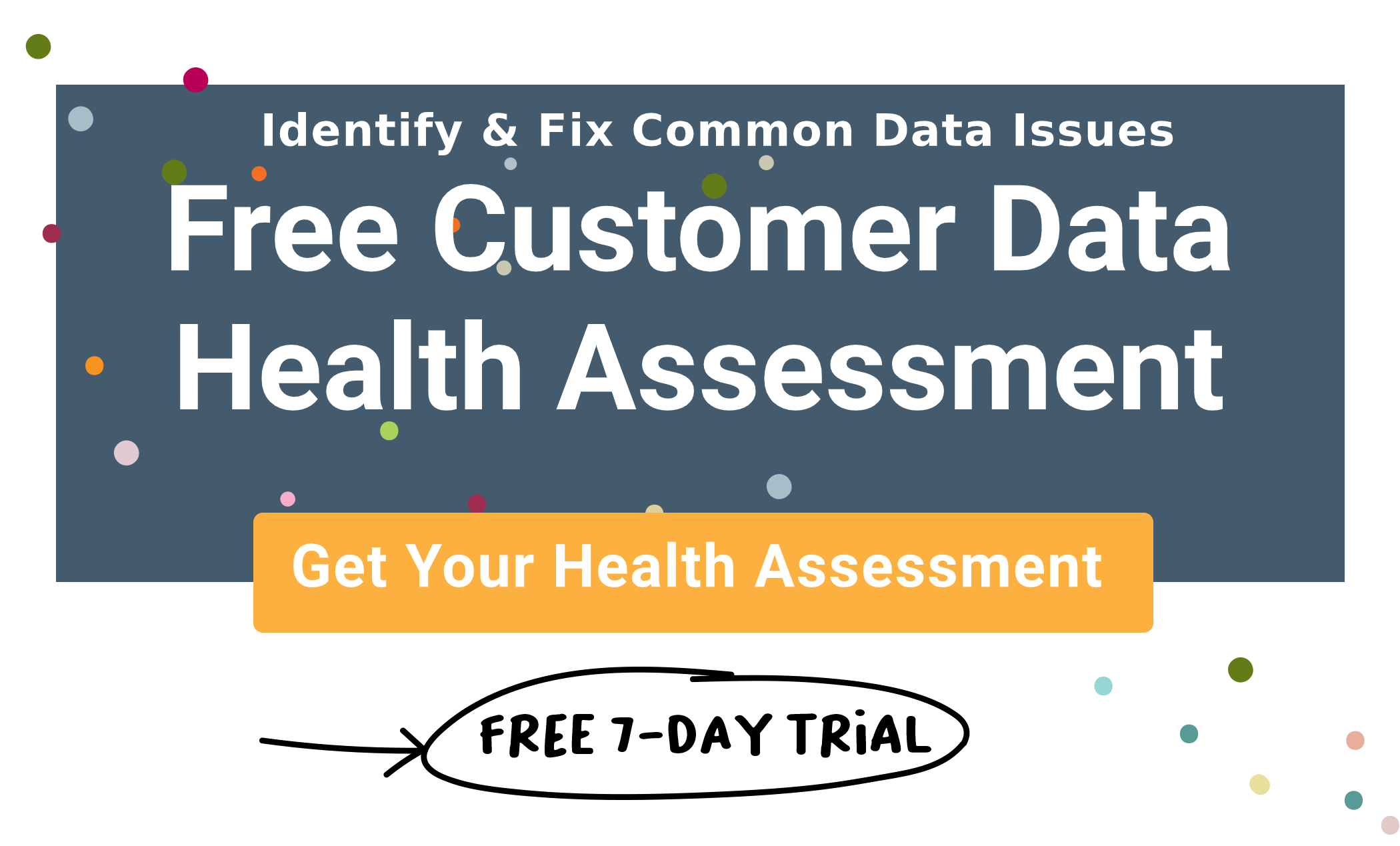
How Your CRM Handles Customer Phone Number Formatting
The Impact of Poorly Formatted Phone Numbers on Team Productivity and Software Integrations
Adopting a Standard Phone Number Format Helps Limit Duplicate Records
Usability Considerations in Phone Number Formatting
Use Insycle to Standardize Phone Numbers Formatting in Your CRM Automatically
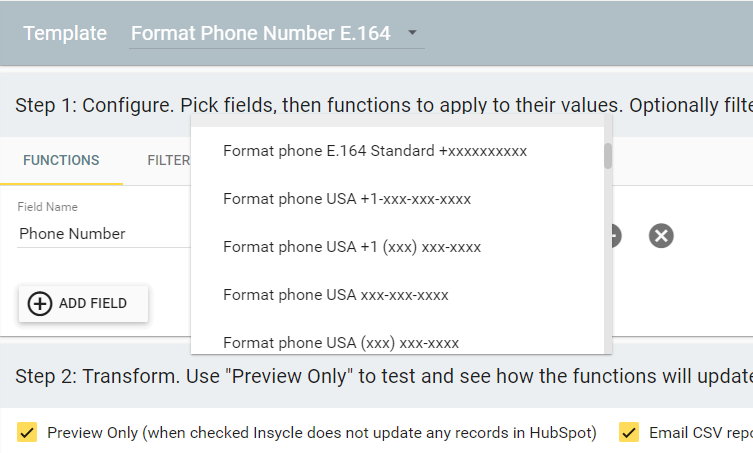
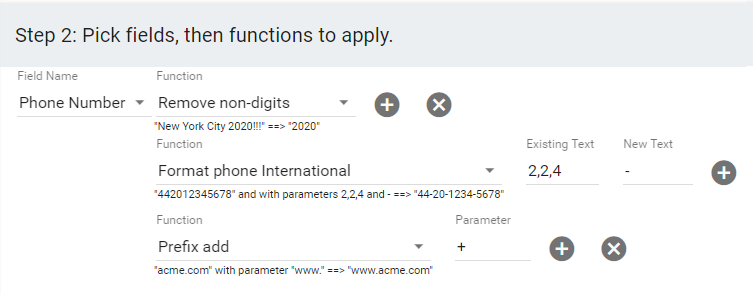
Case Study: How binomialSUR Marketing Agency Uses Insycle to Custom Format Phone Numbers for Its Clients in Uruguay
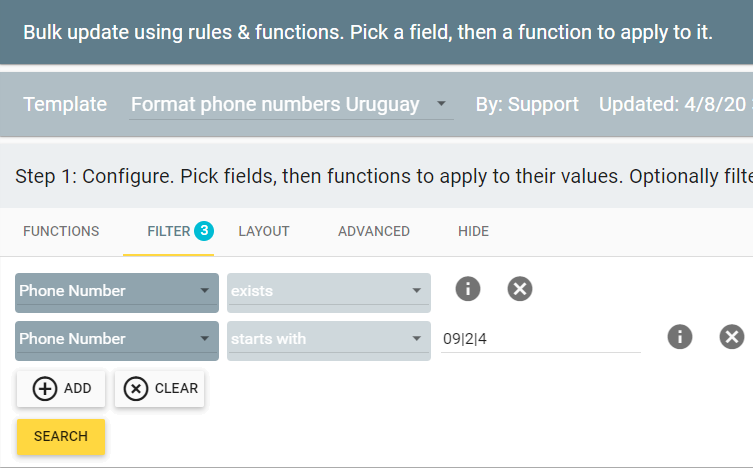
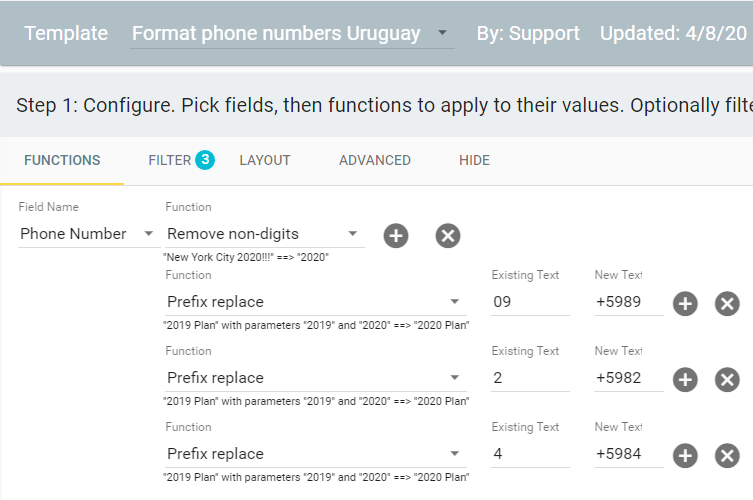
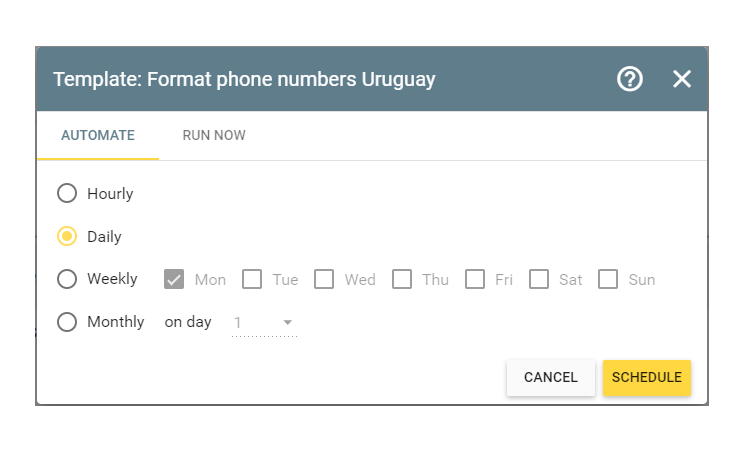
Finally, An End to Phone Number Formatting Headaches
What Is My Mobile Number in International Format
Source: https://blog.insycle.com/phone-number-formatting-crm
0 Response to "What Is My Mobile Number in International Format"
Post a Comment